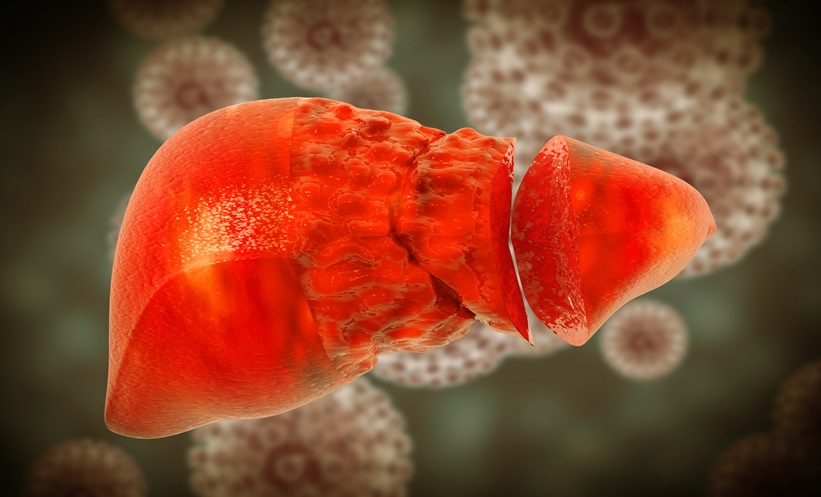PREVALENCE of non-alcoholic fatty liver disease (NAFLD) has increased in females who are pregnant, according to new data. NAFLD is the leading cause of cirrhosis during pregnancy and of liver transplantation in females, and recent research suggests that it is associated with adverse pregnancy outcomes, such as hypertensive disorders of pregnancy and gestational diabetes.
A team of researchers conducted a prospective cohort study, analysing the predictors, prevalence, and clinical manifestations of NAFLD in females who are pregnant. Tatyana Kushner, Icahn School of Medicine at Mount Sinai, New York, USA, explained that they aimed to “understand the natural history of NAFLD in pregnant women and its implications on pregnancy outcomes and maternal health.” The study included 540 pregnant adults, between 18–26 weeks gestation, who underwent a liver ultrasound around the time of their routine foetal anatomy scan. The images were reviewed by radiologists blindly for presence and grading of steatosis.
Results showed the presence of hepatic steatosis in 14% of patients, including 83% with Grade 1, 14% with Grade 2, and 3% with Grade 3. Of note, prevalence was higher among those with a BMI higher than 25 (17%), a BMI equal or higher to 30 (20%), and those of Hispanic race (19%). Of these patients, only three had a previous diagnosis of NAFLD and 10 had steatosis previously identified. History of diabetes, pre-pregnancy BMI, Hispanic ethnicity, history of gestational diabetes, and hypertension were significantly associated to steatosis in current pregnancy in a univariate analysis. Furthermore, multivariate analysis showed that BMI higher than 30 and Hispanic ethnicity were independently associated to steatosis.
The team stated that more research is needed to understand how pregnancy outcomes are affected by NAFLD, and to treat NAFLD during pregnancy and in the post-partum period. “Pregnancy is an opportunity to identify women with NAFLD when they are engaged in care and link them to care,” stated Kushner. They concluded that this data can be used to counsel patients on the prevalence of NAFLD in pregnancy and gestational weight gain during pregnancy, and to encourage screening of patients who correspond to the risk profiles.








